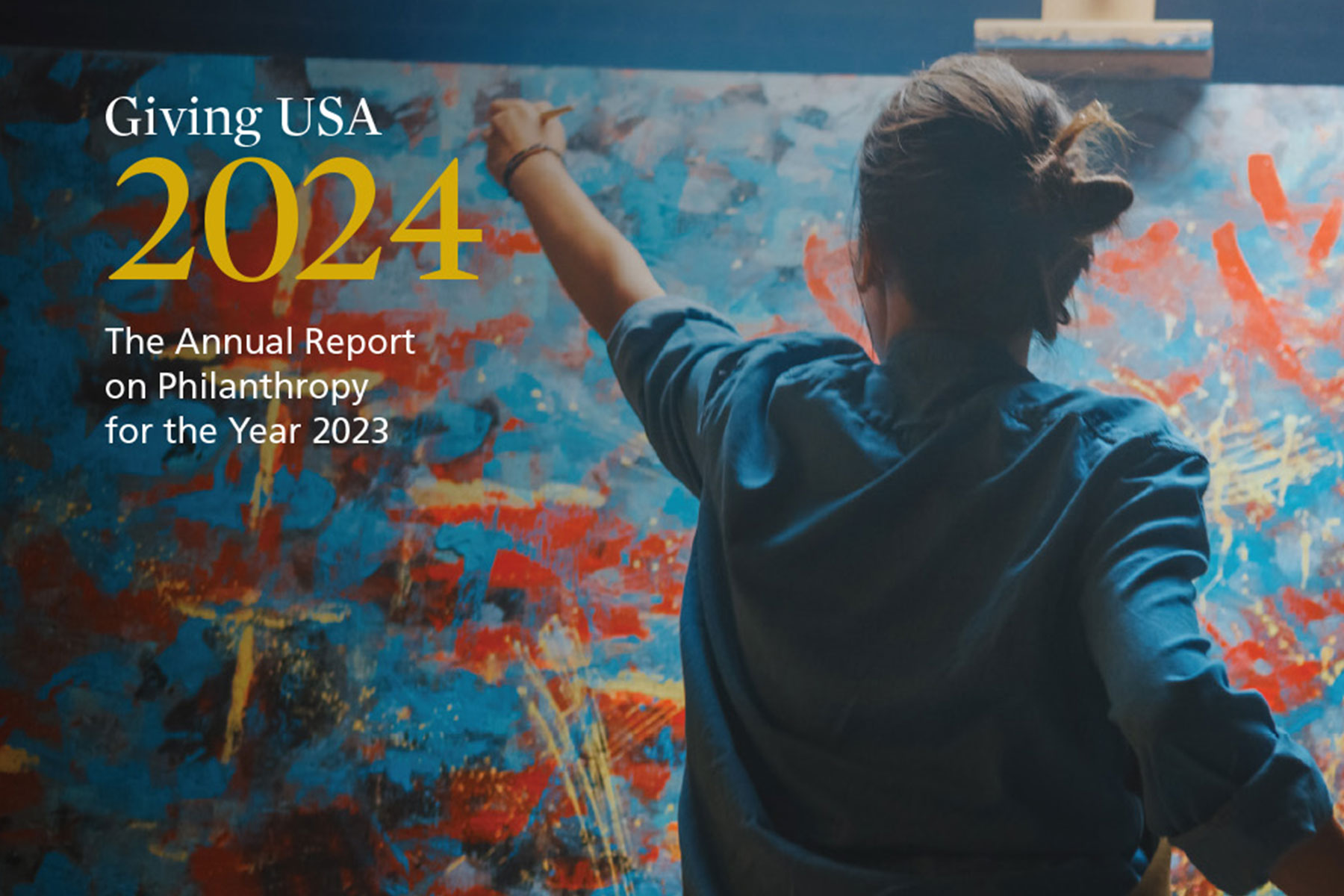Has giving become a thing of the rich? Does the fifty-dollar donor matter anymore? Is giving a cultural value or an expectation of those with plenty? Are we still generous people?
Based on the headlines in recent years, readers must think we have a giving problem in the United States. Although the total dollar amount has been rising overall in the last several decades (Giving USA), we’ve seen consecutive declines in the number of people giving. The Fundraising Effectiveness Project (FEP) continues to report precipitous quarterly drops in donor counts.
Is generosity really decreasing? If so, why is it happening?
In reality, aspects of generosity are decreasing, but they are also shifting. The count of donors giving to registered charities and the types tracked in the core data by Giving USA and FEP are declining. But numerous sources, including qualitative and research reports from Giving USA, FEP, and others, report growth in giving outside of 501(c)(3) organizations to crowdfunding, direct giving to friends and family, volunteering, and larger service gratuities. For most people, this activity is certainly considered generous.
Nevertheless, the decline in donor counts to charities is worthy of investigation. Our research is focused on a few qualitative drivers that may be contributing factors:
- Economic conditions: Disposable income continued its decline after a brief blip during the COVID disruption. Everyday donors have less money to give.
- Campaigns and impact messaging: The language used by charities effectively motivates donors looking for significant impact from their gifts. Some intrinsic value messages that might appeal more to the everyday donor (Giving is what we do. It feels good to give. It is better to give than to receive.) are seemingly on the decline.
- Talent model: Fundraising program leaders most commonly rise from major and principal gifts programs. Individuals focused on the base of support and annual giving programs see this trend and realize they need to shift their focus away to achieve promotion opportunities. The resulting turnover in the base of support and annual giving programs hampers deep expertise in attracting the everyday donor.
- Decline of religious activity: Active participants in religious organizations give more, even to secular nonprofits (Lake Institute). Whether from religious convictions or children growing up with philanthropy engrained as a tradition within their families, the declines in religious participation seem to be related to overall giving.
- Media attention: Nine-figure gifts make for better news stories. Even in social media, wealthy individuals are often expected to be philanthropic. In contrast, the general public rarely sees themselves in the publicized stories.
- Consulting ecosystem: Campaign consulting, which is a big part of BWF, is also a contributing factor. There is a market for conducting large campaigns that attract transformational gifts. I believe we do this quite well. Our success is often tied to the organization meeting its targets. If the top donors give, the organization should succeed. If a thousand more everyday donors give, it may have little financial impact by comparison.
Can anything be done? Will donor counts rise again in the US?
There are bright spots worth investing in to turn the tide. We have chosen to make this investment and encourage others to do the same. Although economic conditions are outside of our control, we can do something about addressing the other areas.
- Intrinsic value messaging: Any organization committed to the base of support is equipped with marketing automation software, develops segment personas, and has workflows with language strategy that continues to evolve. In our work setting up or advising these digital ecosystems, we encourage language that sparks or confirms giving values, not just instrumentality. And this language should be inclusive so all populations see themselves as belonging in the world of philanthropy.
- Invest in talent: In research that we will release soon, we are seeing a tremendous return on investment for investing in the annual fund (future major gifts, lifetime giving) that more than warrants staffing the everyday donor effectively. We are adding consulting, technology, and service resources to this area and hope others follow.
- Modeled philanthropy: Nonprofits should explore new ways to model generosity for the next generation. Point-of-purchase giving is one such example. The child will see the adult give the dollar and pin the little personalized sign behind the register. Donor experience events, including families, crowdfunding programs for kids, and family-based volunteer activities, are others.
- Be the media: As nonprofit professionals, we can write more articles, issue press releases, and discuss stories of everyday donors. Your own newsletters and social channels are part of the conversation. This story is worth the attention.
- Investment: Companies like BWF, who serve the nonprofit marketplace, along with other great firms and tech companies (Giving Institute), can choose to invest in solutions for the everyday donor. We are doing so by building up service offerings in annual giving, digital ecosystems, engagement evaluation, authentic video, communications, and technology.
We believe every person deserves to experience the joy of giving. Nonprofits are essential in solving problems and advancing the human condition. Philanthropy fuels this significance. It is in our reach for every person and every community to feel they belong in the conversation. Certainly, it is worth the effort. Please reach out to us, it’s our privilege to help.




